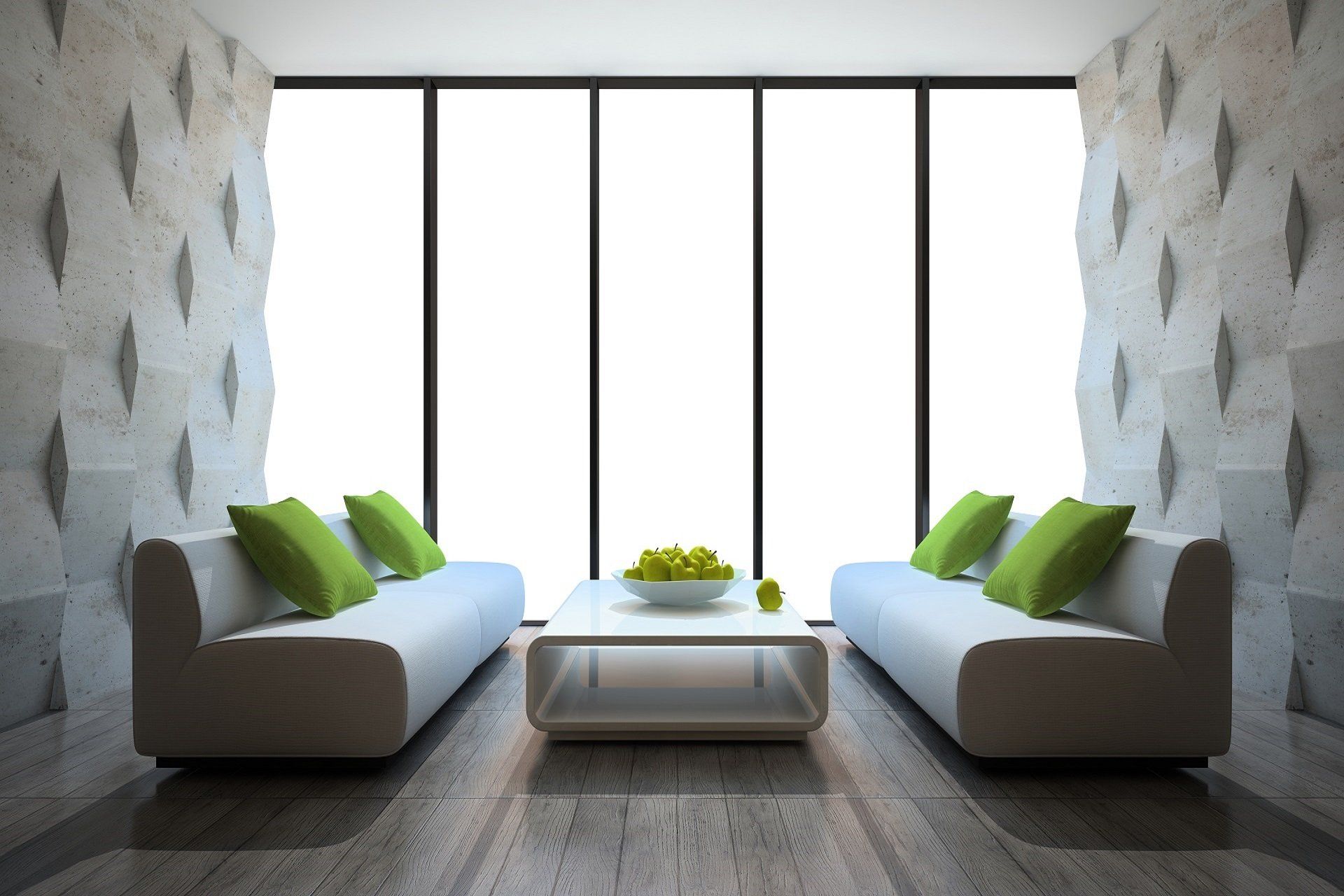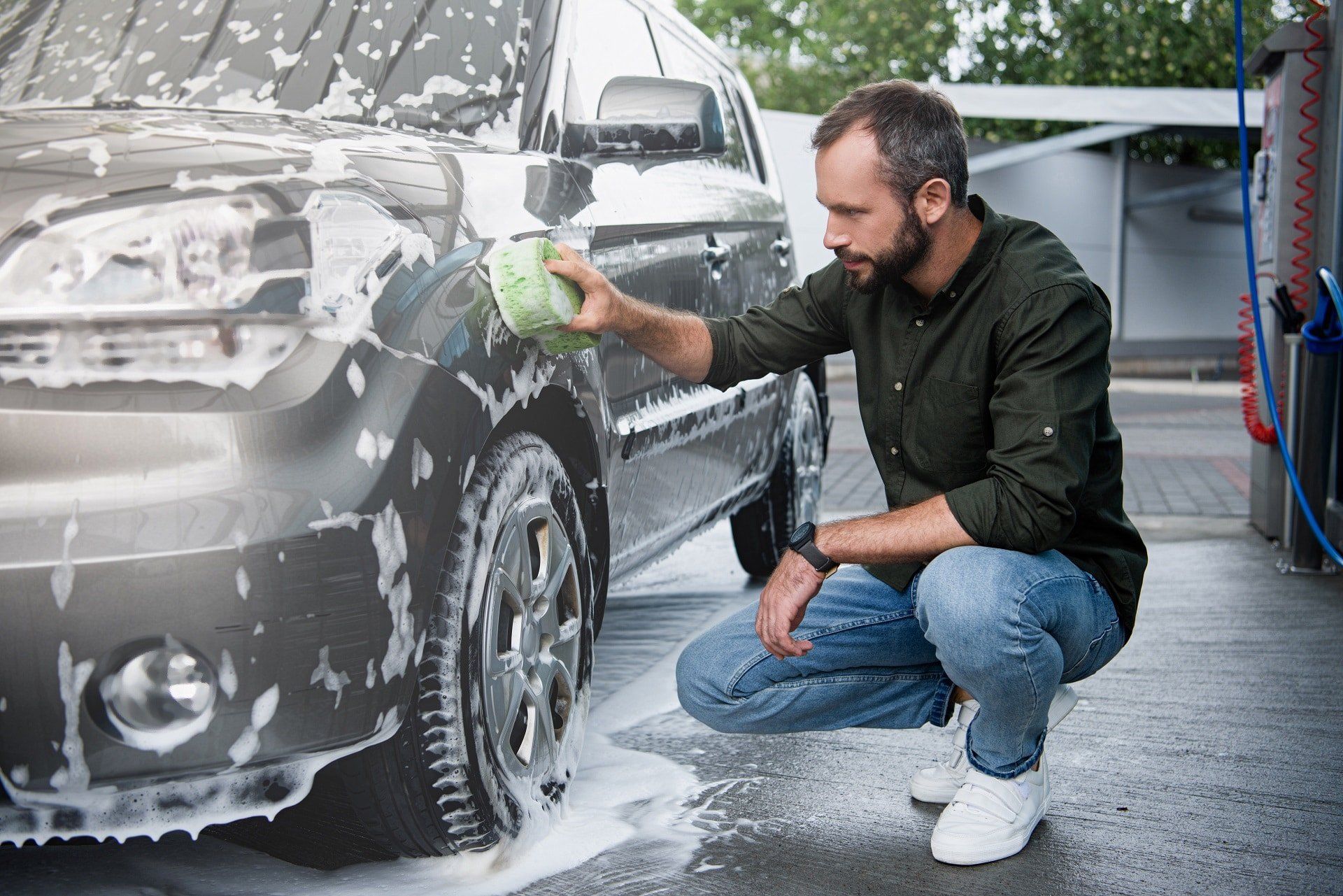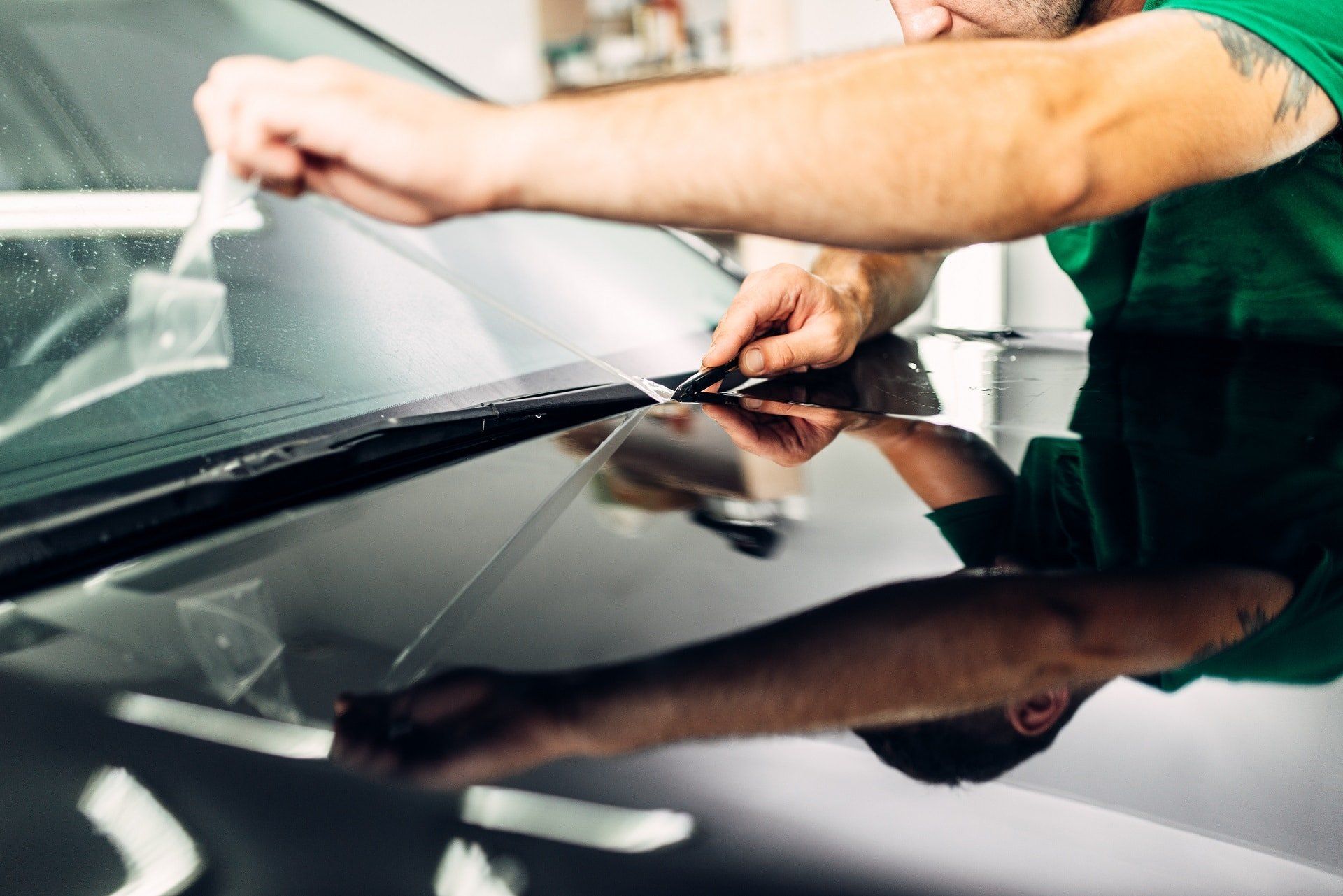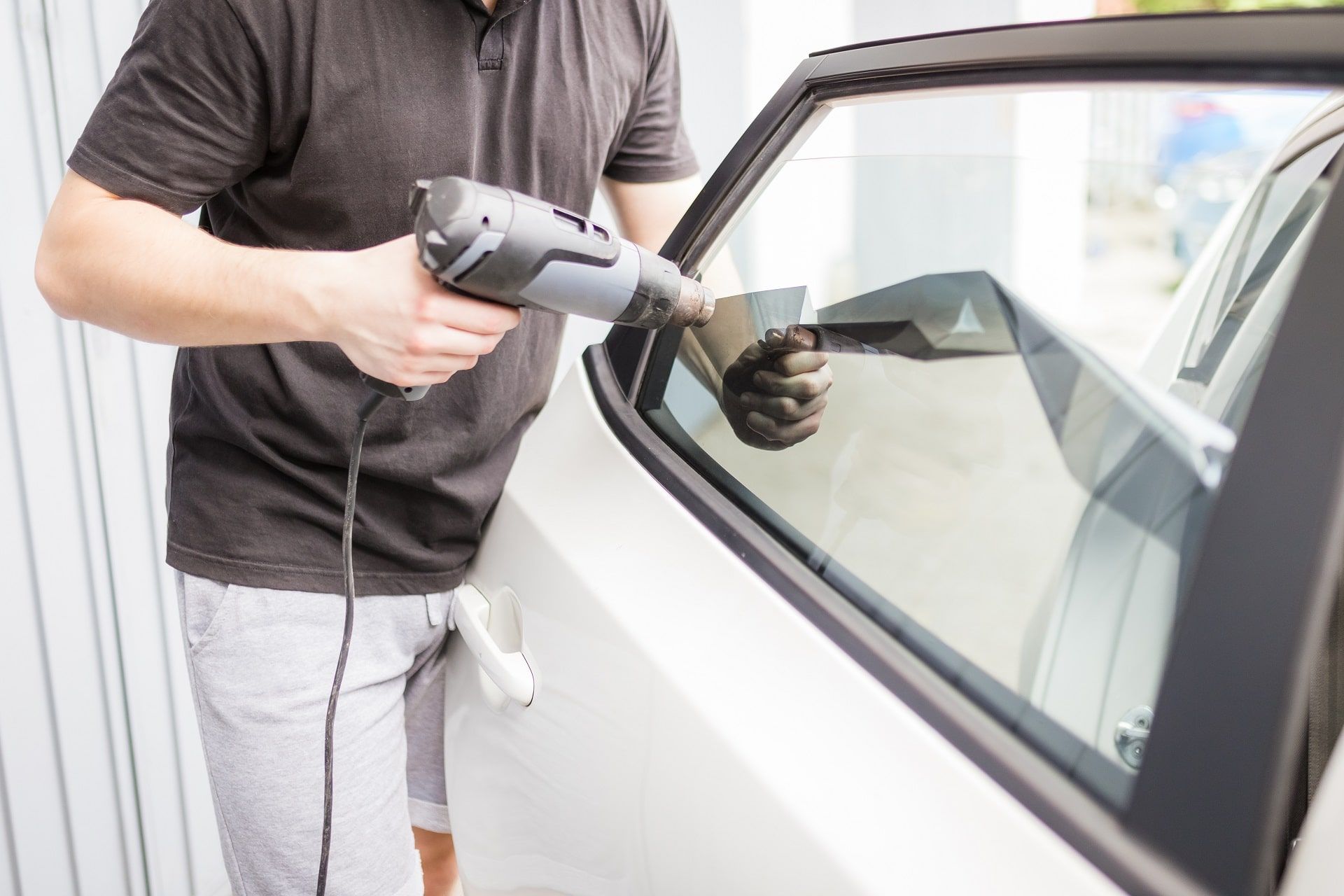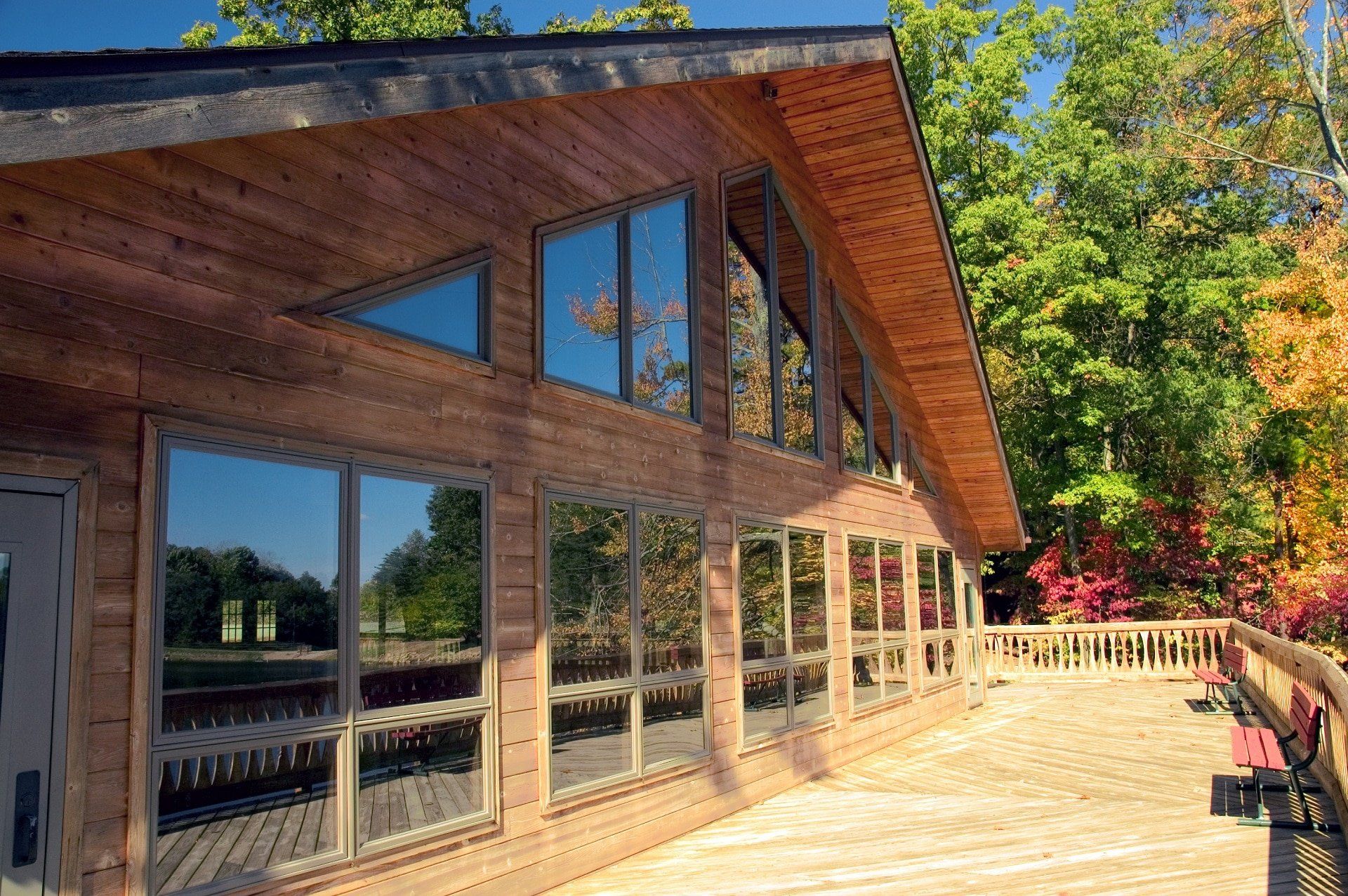How Is Automotive and Residential Window Film Made?
If you are someone who obsesses about making sure your car looks new, stunning, and cool as it can; if you are someone who really wants to save energy in your home; or if you are a business manager who is looking for the best deal with regard to commercial window film, then this article is for you.
Indeed, those of you who care about the quality of your car, your home, or your business will likely be curious about how things are made. Accordingly, we are going to take a little time in this blog to discuss the process by which window film is manufactured. In short, if you have asked yourself – how is window film made? Read on.
We at Tint Tech, the window tinting specialists, are always happy to share some interesting knowledge in our field. And after reading this, if you have further questions about protecting the windows of your own car, home, or business, please contact us. You can reach us at Tint Tech today if you call 1-403-968-8468, or fill out our online contact form.
The Foundation of Window Film – PET
Every type of window film – whether it car, residential, or commercial – uses a base polyester film as its foundation. Just to get a little technical for a moment, the polyester film is produced from a polymer called polyethylene terephthalate, which is commonly referred to as “PET.” Ultimately, PET, which is initially derived from petroleum, is your window film foundation.
The form of the PET is quite fascinating. The PET starts in pellet form. The pellets are then melted to start the window film manufacturing process.
Why Use PET?
The benefit of PET has to do with all the uses for window film. PET has excellent optical clarity and is exceptionally strong.
With regard to optical clarity, you want a window film that is perfectly clear, but for the dyes you wish to add to darken the windows. Yet, you want to make sure there are no imperfections that would get in the way of seeing through a window. Moreover, when you are dealing with a clear window film, which is used mostly for residential and commercial windows, PET’s clarity is vital. Nothing about a window film should result in a window appearing less than clear.
With regard to strength, PET is perfect for the longevity of a window film product. Gone are the days of the purple-looking, fading, bubbling, or cracked auto window tinting films of the past. Today’s window films are high-performing, durable, and are the result of years of research and development. PET, therefore, is the base material you want to ensure that your window film will last a very long time.
What, Then, Is the Window Film Manufacturing Process?
Step 1 – Melting and Creating Film Sheets
Starting with the PET pellets, those pellets are melted down into a material that can be stretched into sheets. Accordingly, the melted PET is stretched width- and length-wise to create a uniformly sized sheet, usually with the help of a roller.
Step 2 – Adding UV Protection Materials
During the initial stretching process, UV blockers are typically added at this point. As you may know, blocking out ultraviolet (UV) light is one of the best features of any type of window film, given that a regular glass pane will not keep out UV rays. It is this step that gives window film the UV protection qualities.
Step 3 – Adding Dyes or Metals
Here is where the process begins to differ depending upon whether you are manufacturing automotive or residential/ commercial window film. The performance dictates the process.
For automotive film, the goal is typically to absorb heat. Windows tinted with window film will often make a car hotter in the sun. Therefore, you want the window tinting film to absorb as much heat as possible to keep it out of the interior of the car. Dyes are phenomenal at absorbing heat. Thus, you will generally use a dyed window film for an automotive application.
By contrast, metallized films work in the opposite way. Metallized films reject heat. You want your windows to reject as much heat as possible for most residential and commercial applications because you want to keep your home or office as energy-efficient as possible. Therefore, you would normally use metallized films for home and commercial applications.
– Dyeing
To add dye to a window film, the polyester sheet is simply coated with the liquid dye. Then the treated sheet is cured in a heated oven. The oven-heating process has the effect of impregnating the film with the dye. The dye color become a permanent part of the window film. It will not wash off.
– Metallizing
There are actually three different processes for metallizing a polyester film: (1) Evaporative Coating; (2) Electron Beam Coating; and (3) Sputtering.
Evaporative coating is the process whereby the metal is heated in a crucible to a temperature so hot that the metal melts into a gas cloud. The metal-gas is then deposited onto the film and immediately, permanently bonds with it. Aluminum is typically the metal of choice for evaporative coating because it melts at a lower temperature than other metals.
Electron beam coating is similar to evaporative coating. The only difference is that the metal is heated with a beam of high-energy electrons, that transform the metal into a gas cloud.
Finally, sputtering is the process by which an electrically charged gas, like argon, bombards the metal, which in turn frees the molecules. The molecules are then placed upon the film, layered side by side, to result in a very thin, precise coating. In fact, the coating is so air tight that the water used in the process is unable to evaporate away from the film. So, the film has a hazy look for two or three weeks during the curing process, until the water finally evaporates away.
Step 4 – Applying the Scratch-resistant Coating & Adhesive
Specifically for residential window films , a scratch-resistant coating is applied to the side of the film that will face the interior of the home. It is a fine protective barrier to ensure the film lasts and protects the film from dust and debris.
Adhesive is then added to the side that will, as you might expect, stick to the window. Usually, pressure-sensitive (glue-like) adhesive is used for car window film , and a clear dry adhesive that activates with water is used for residential and commercial films.
Step 5 – Adding the Adhesive Liner
The final step is to apply a covering to the adhesive to protect it in transit. Like the liner for band-aids, it is the material you peel away when you are about to apply the window film.
The Tint Tech Window Tinting Specialists are Here to Help You with Your Window Film Questions
The making of window film is a fascinating subject, and we have all the answers regarding your window film options. We invite you to call us to learn more at 1-403-968-8468, or fill out our online contact form.
Disclaimer: The information on this website and blog is for general informational purposes only and is not professional advice. We make no guarantees of accuracy or completeness. We disclaim all liability for errors, omissions, or reliance on this content. Always consult a qualified professional for specific guidance.

